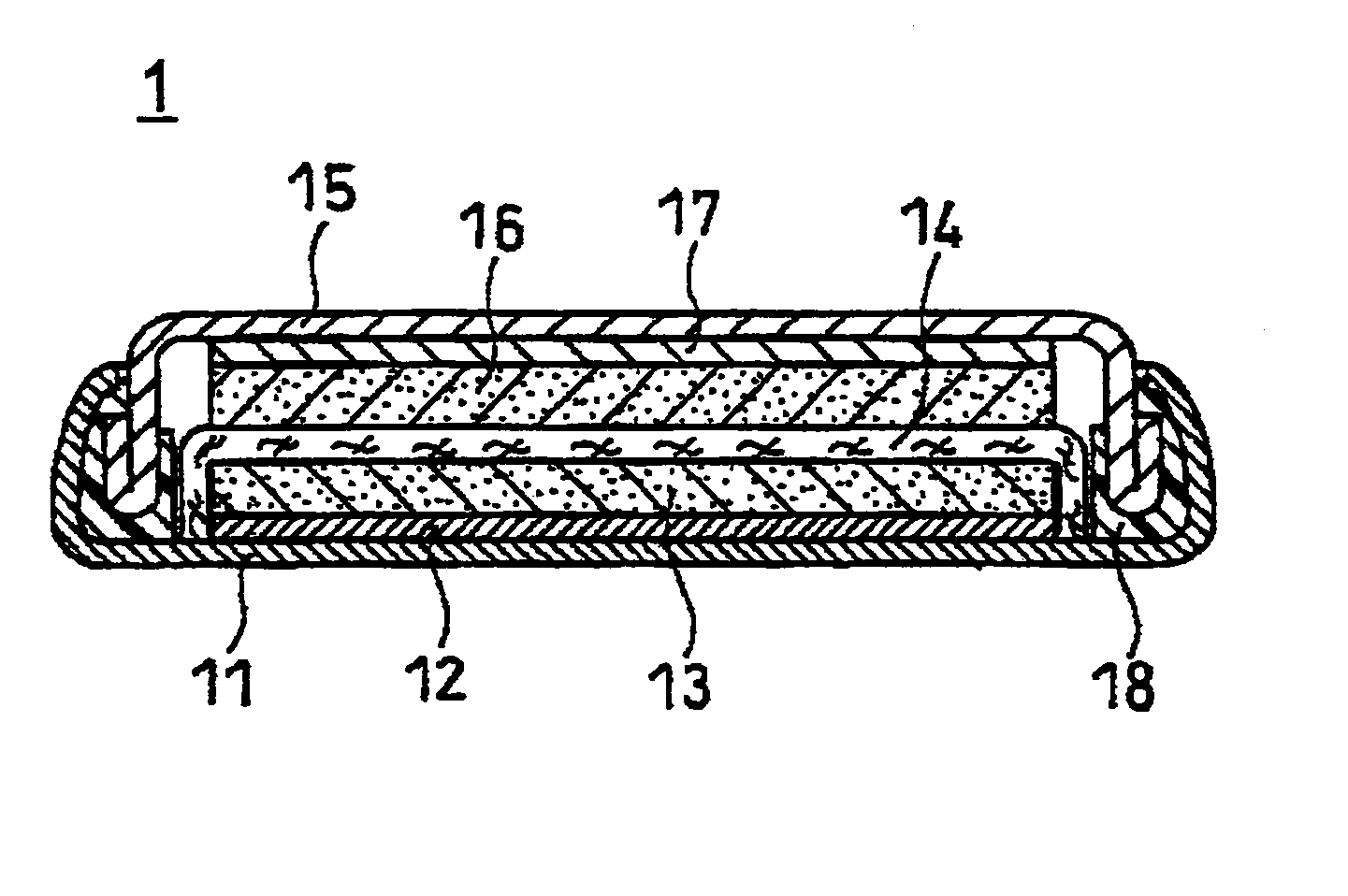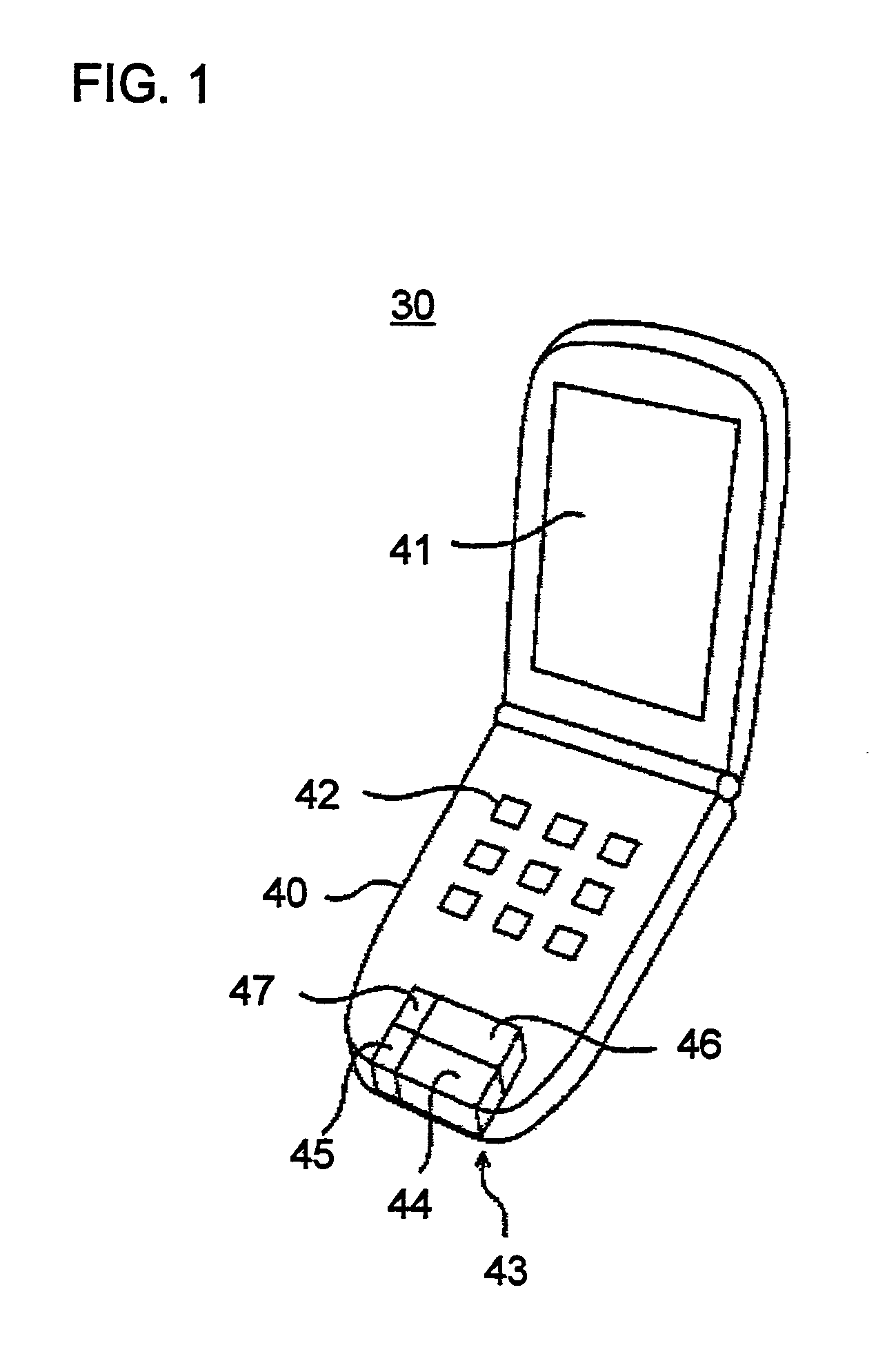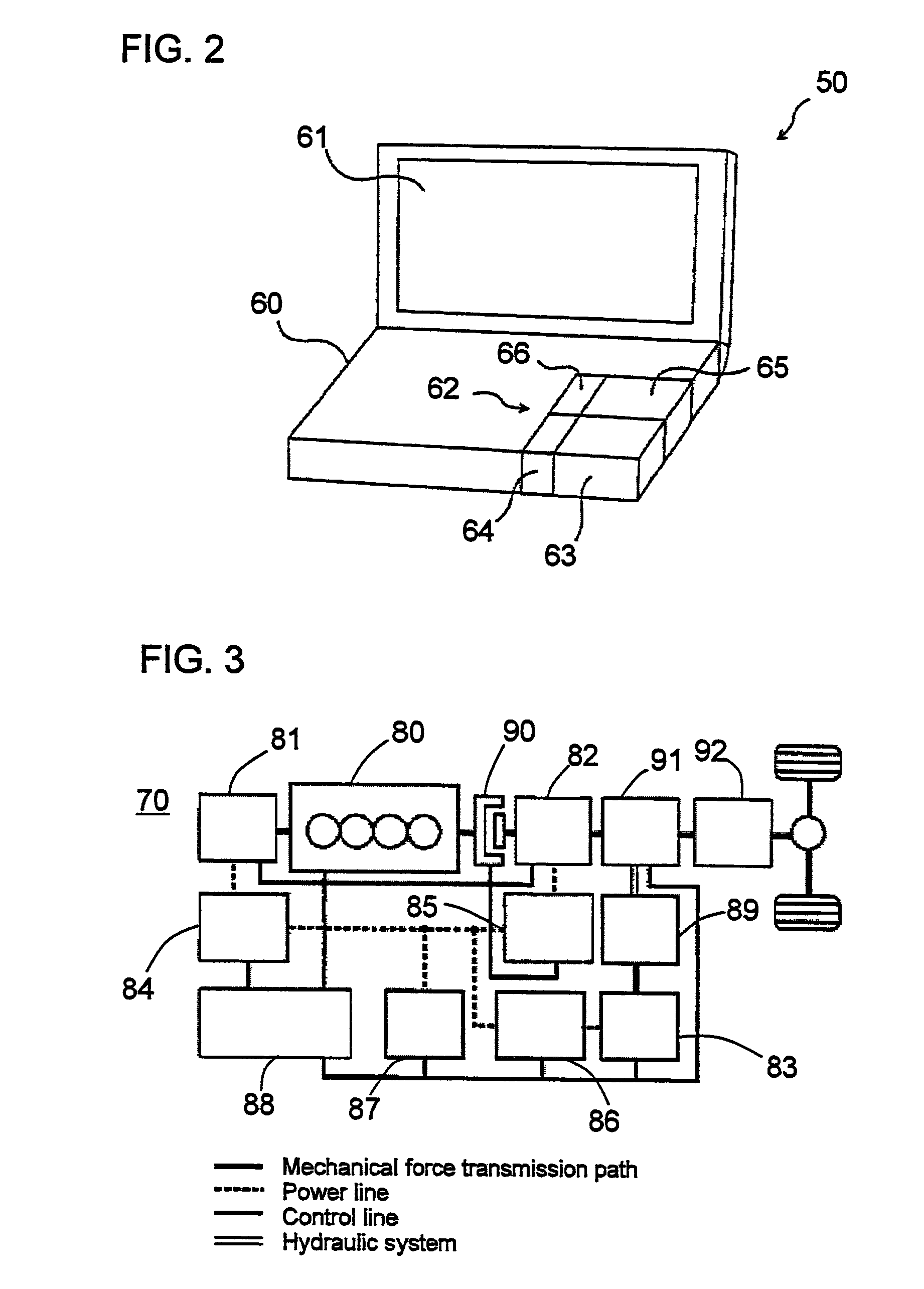Electrode active material for power storage device and power storage device, and electronic equipment and transportation equipment
- Summary
- Abstract
- Description
- Claims
- Application Information
AI Technical Summary
Benefits of technology
Problems solved by technology
Method used
Image
Examples
example 1
[0156]In accordance with the following reaction scheme, the phenanthrenequinone-containing compound (1a) (substance name: 1,4-(9,10-phenanthraquinone)-benzene) shown in Table 1 was synthesized.
[0157]
(1) Synthesis of 4-bis(9,10-bis(t-butyldimethylsiloxy)phenanthrene-2-yl)-benzene (12)
[0158]To a dried Schlenk flask were introduced 1,4-diiodobenzene (10) (0.3 mol, 99.5 mg), a boronic acid ester compound (11) (0.78 mmol, 441.3 mg), Pd[P(tert-Bu)3]2 (0.03 mmol, 15.2 mg), and 585.8 mg (1.8 mmol) of cesium carbonate, and after further adding thereto 5 ml of dry toluene and 32 μl (1.8 mmol) of water, the mixture was heated to 60° C. and stirred for 24 hours under an argon atmosphere.
[0159]The reacted solution was cooled to room temperature, and thereafter filtrated with a short column (eluent: chloroform) to remove the catalyst and the inorganic salt from the solution. The resultant filtrate was washed with water, and the organic layer was dried over sodium sulfate, followe...
example 2
[0167]In accordance with the following reaction scheme, the phenanthrenequinone-containing compound (1b) (substance name: 1,4-(9,10-phenanthraquinone)-2,3,5,6-fluorobenzene)-benzene) shown in Table 1 was synthesized.
[0168]
[0169]To a dried Schlenk flask were introduced 1,4-diiodotetrafluorobenzene (13) (0.25 mol, 101 mg), a boronic acid ester compound (11) (0.73 mmol, 415 mg), Pd[P(t-Bu)3]2 (0.05 mmol, 27.9 mg), and cesium carbonate (3 mmol, 977 mg), and after further adding thereto 5 ml of dry toluene and 24 μl (1.3 mmol) of water, the mixture was heated to 60° C. and stirred for 24 hours under an argon atmosphere.
[0170]The reacted solution was cooled to room temperature, and thereafter filtrated with a short column (eluent: chloroform) to remove the catalyst and the inorganic salt from the solution. The filtrate was washed with water, and the organic layer was dried over sodium sulfate, followed by filtration to remove the desiccant. The solvent was removed by an e...
example 3
[0177]In accordance with the following reaction scheme, the phenanthrenequinone-containing compound (1d) (substance name: 1,4-(9,10-phenanthraquinone)-4,4-biphenyl) shown in Table 1 was synthesized.
[0178]
(1) Synthesis of 1,4-bis(9,10-bis(t-butyldimethylsiloxy)phenanthrene-2-yl)-biphenyl (16)
[0179]To a dried Schlenk flask were introduced 1,4-diiodobiphenyl (15) (0.2 mol, 81.4 mg), a boronic acid ester compound (11) (0.5 mmol, 282 mg), Pd[P(t-Bu)3]2 (0.02 mmol, 10.2 mg), and 391 mg (1.2 mmol) of cesium carbonate, and after further adding thereto 4 ml of dry toluene and 22 μl (1.2 mmol) of water, the mixture was heated to 75° C. and stirred for 21 hours under an argon atmosphere.
[0180]The reacted solution was cooled to room temperature, and thereafter filtrated with a short column (eluent: chloroform) to remove the catalyst and the inorganic salt from the solution. The resultant filtrate was washed with water, and the organic layer was dried over sodium sulfate, follow...
PUM
| Property | Measurement | Unit |
|---|---|---|
| Fraction | aaaaa | aaaaa |
| Fraction | aaaaa | aaaaa |
| Fraction | aaaaa | aaaaa |
Abstract
Description
Claims
Application Information
 Login to View More
Login to View More - R&D
- Intellectual Property
- Life Sciences
- Materials
- Tech Scout
- Unparalleled Data Quality
- Higher Quality Content
- 60% Fewer Hallucinations
Browse by: Latest US Patents, China's latest patents, Technical Efficacy Thesaurus, Application Domain, Technology Topic, Popular Technical Reports.
© 2025 PatSnap. All rights reserved.Legal|Privacy policy|Modern Slavery Act Transparency Statement|Sitemap|About US| Contact US: help@patsnap.com



